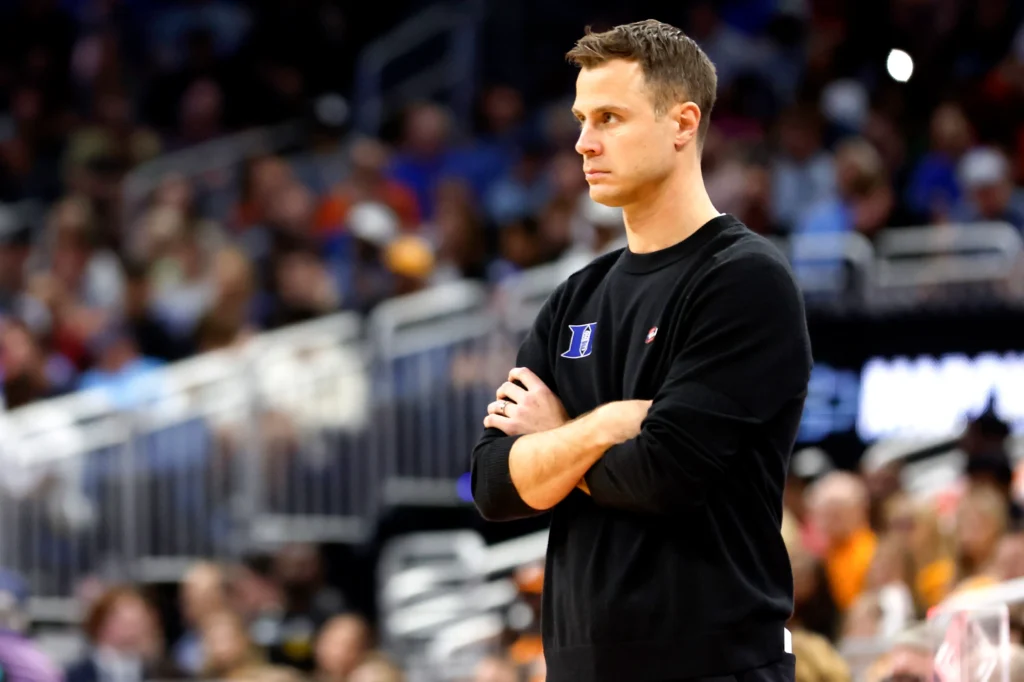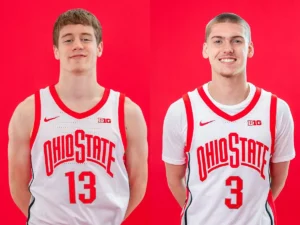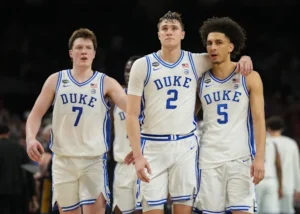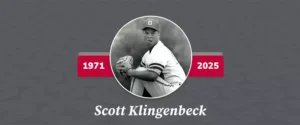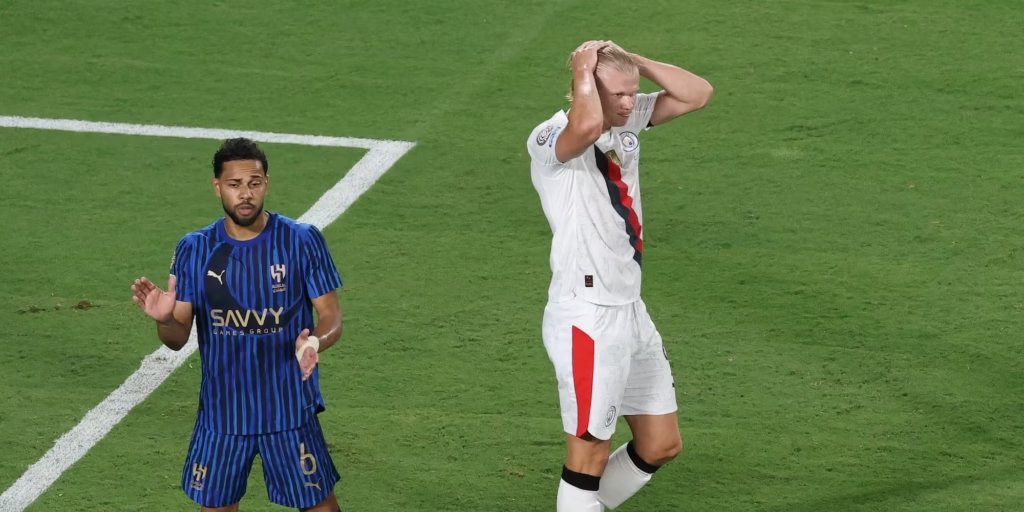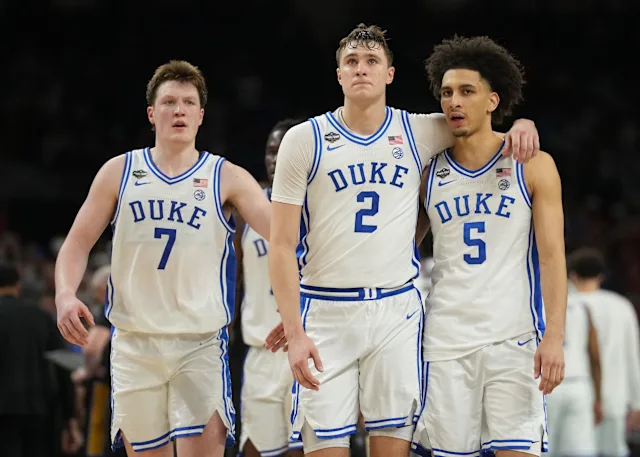
As the curtain rises on Duke’s 2025–26 season, the roster bears the marks of a transformational offseason. Five starters—Cooper Flagg, Kon Knueppel, Tyrese Proctor, Khaman Maluach, and Sion James—departed for the NBA or exhausted their eligibility, leaving significant voids in scoring, shot creation, perimeter shooting, rim defense, and experience. In their absence stands a mix of returning role players, prized freshmen, and tentative transfer additions. Success hinges not just on talent but on cohesion, health, and execution. The worries are real, and the stakes are high.
There is optimism in the retention of key bench contributors. Guards Caleb Foster, Isaiah Evans, Maliq Brown, Darren Harris, and center Patrick Ngongba all chose to return, providing a semblance of continuity. But continuity is just the baseline. Foster must rediscover his perimeter stroke, which dipped from 40% to the low 30s last season. Evans must maintain his high-value shooting and add strength to defend bigger wings. Brown must shake an injury-prone reputation—shoulder and knee issues cost him significant time. Ngongba, listed at nearly 7 feet, must stay healthy as his freshman foot injuries continue to cast a shadow over his availability and mobility. Every returner carries both promise and a set of questions.
Overlaying that base is the incoming class, headlined by freshman superstar Cameron Boozer and his twin brother Cayden, along with five-star forward Nikolas Khamenia. A nationally top-ranked class, their talent is undeniable. Cameron Boozer arrives with power, versatility, and NBA-level upside, but head coach Jon Scheyer must ensure he adapts quickly to college speed and intensity. Cayden adds depth at the guard position, yet both brothers will be tasked with fitting into a system still recalibrating.
Then there’s the murky transfer situation. Washington State wing Cedric Coward had initially committed to Duke, a promising addition due to his two-way game and experience, but he ultimately withdrew to pursue the NBA. That left Duke without one of its most likely starting wings. If Coward or Evans had both opted out, Duke’s rotation would be dangerously thin. There’s little room for error, and that makes every returning player and every incoming freshman critical.
Without clear replacements, Duke may be forced to lean on inexperienced players like freshman Dame Sarr or reclassified guard Sebastian Wilkins to fill major roles. These are high-upside prospects but come with growing pains. The void left by Knueppel, a 40% shooter from deep and a stabilizing force in clutch moments, and Proctor, a reliable decision-maker, creates an uncomfortable lack of perimeter scoring and backcourt leadership. Duke’s offense, historically reliant on guard play, spacing, and tempo, may find itself grinding through possessions unless those roles are addressed early.
Scheme fit also looms as a major concern. A growing chorus of critics has pointed out that Duke’s offense under Scheyer often plays slower than its talent suggests. While slower tempo can reduce turnovers and control flow, it risks under-utilizing athletic advantages and minimizing opportunities in transition. If the team struggles with outside shooting or consistent ball movement, that pacing could become a liability. With a roster built more for versatility than for traditional structure, spacing and creativity will be paramount.
Depth is another lingering issue. A projected rotation of Foster, Evans, one Boozer twin, Khamenia, and Ngongba looks promising on paper. But behind them, the options are less tested. If one of the key bigs gets injured or struggles to stay on the floor, the lack of proven alternatives could force Scheyer to rotate in raw, unproven talent. In the ACC, that’s a risky proposition. A few early injuries or slow starts from the freshmen could put Duke behind the curve—and in a conference where every game carries tournament implications, there’s little margin for error.
Jon Scheyer’s fourth season at the helm presents his most significant challenge yet. His offseason approach leaned toward internal development rather than chasing stars in the portal. While that philosophy reinforces program identity and fosters long-term chemistry, it places immense pressure on returning players to make developmental leaps. Scheyer’s success now hinges on his ability to unlock next-level production from players who have largely served as role players until now.
This isn’t a roster devoid of talent—it’s simply one that demands a high degree of growth and cohesion. Will Foster take the leap into leadership and consistent playmaking? Can Evans evolve from a shooter into a two-way force? Will Ngongba establish himself as a reliable post anchor on both ends of the floor? How quickly can Boozer find his rhythm against college-level defenders? These questions don’t have immediate answers, but they will define Duke’s trajectory this season.
One particular worry lies in the lack of defined scoring. While previous Duke squads often boasted multiple 15+ point-per-game players, this group lacks obvious alpha scorers. Cameron Boozer has the tools, but he is still a freshman. Foster and Evans are capable, but their career highs have come in limited doses. There’s potential across the board, but proven volume scoring remains elusive. That will test Scheyer’s offensive creativity and demand that multiple players step up in tandem.
Defensively, the team has length and flexibility, but also youth and inexperience. Duke will need to lean on switching schemes, active hands, and interior toughness to limit more veteran teams. Without a true lockdown perimeter defender or an elite shot blocker, the collective effort must be airtight. Communication, positioning, and effort will be the key metrics. If those falter, even brief defensive lapses could doom a young squad in high-pressure situations.
The pressure is compounded by expectation. Duke doesn’t rebuild in the traditional sense—every season is measured by Final Four potential. With the departure of a transcendent talent like Flagg and a deep NBA-bound class, anything less than contention risks being seen as regression. Scheyer’s ability to manage that narrative, maintain locker room confidence, and deliver wins will be tested weekly.
Yet, there is optimism hidden in the chaos. The returning players are hungry, with the sting of last year’s near-miss still fresh. The freshmen have been highly touted and come with winning pedigrees. And Scheyer has shown, even in adversity, an ability to steady the ship and bring his team together. He will need to do it again.
Duke’s 2025–26 campaign won’t begin with headlines declaring them preseason favorites. In fact, they may open the season outside the Top 10 for the first time in years. But that could be a blessing. The lowered national expectations could give this group space to evolve without the microscope—and allow young leaders to emerge organically.
Still, this is a roster that must prove it can score consistently, defend cohesively, and stay healthy throughout a grueling schedule. Duke’s margin for error is slimmer than in previous years. Every rotation decision, every defensive assignment, every player’s summer development matters more than ever.
Ultimately, Duke basketball enters this season with a roster in transition. Some of the program’s most promising talent is gone. What remains is a test of philosophy, development, and leadership. For Scheyer and his staff, the mission is clear: take the best of what’s left, mold the new pieces into contributors, and build something tough enough to last until March. Because in Durham, the season is never judged by how it starts—it’s judged by how far it goes. And this team still has a long road ahead.
